Nestled in the heart of Hilton Head Island is the Sea Pines community, and deeper within, the beautiful Sea Pines Forest Preserve.
The Preserve itself is free to visit, so if you are staying within the Sea Pines community, you can hop on your bike and hit the trails. However, if you’re staying outside of Sea Pines, you’ll have to pay an admittance fee to get onto the property itself – and that fee varies depending on the time of year. When we visited, shortly after Labor Day, it was $9 per car, which I thought was perfectly reasonable.
The parking lot for the Forest Preserve is small, but was not crowded. We easily found the trailhead, acquired a map, and set off on the trails. They are fairly well marked, and mostly comprised of small, interlaced loops that lead to and around features, such as waterways, lakes, or places of historical significance.
We saw an abundance of wildlife – from a multitude of woodland songbirds, waterfowl, reptiles (including alligators of course) and insects. There were also plenty of wildflowers and vegetation of interesting varieties.
This cute little skink was very patient with me, posing in the warm sun for a long while as I studied him with my macro lens. It is only the juveniles which sport the bright blue tails, replacing them as adults with rust colored bodies and brighter colored heads.
I also spotted this cute little brown anole, but he was much more skittish.
Be careful chasing dragonflies around the waters edge – there are alligators (of decent size) about. I was fortunate to find a place near an open field where they were also easy to photograph, safely out of reach of the waters edge.
I spotted these very unusual balls of fern – at first, you might be tempted to think that this is the way the ferns unfurl, but its actually the makings of catterpillars who use the fern as a type of edible security while they are growing.
We also spotted Anhinga all around the Reserve, and even got to witness one hunting in the water, which was a real treat. These birds are adept swimmers, adapted uniquely with feathers that are *not* waterproof, like most other waterfowl. These wet feathers allow them to quickly enter the water and swim efficiently, but it makes it hard for them to swim, so they are often spotted near the banks with their wings out, warming and drying after a swim.
The Anhinga wasn’t the only one to be spotted sunbathing, we also saw plenty of turtles on various logs, and even a few that swam to the dock to beg for food.
I definitely recommend checking out this Preserve while you’re on Hilton Head – it was one of my favorite experiences from the entire vacation!


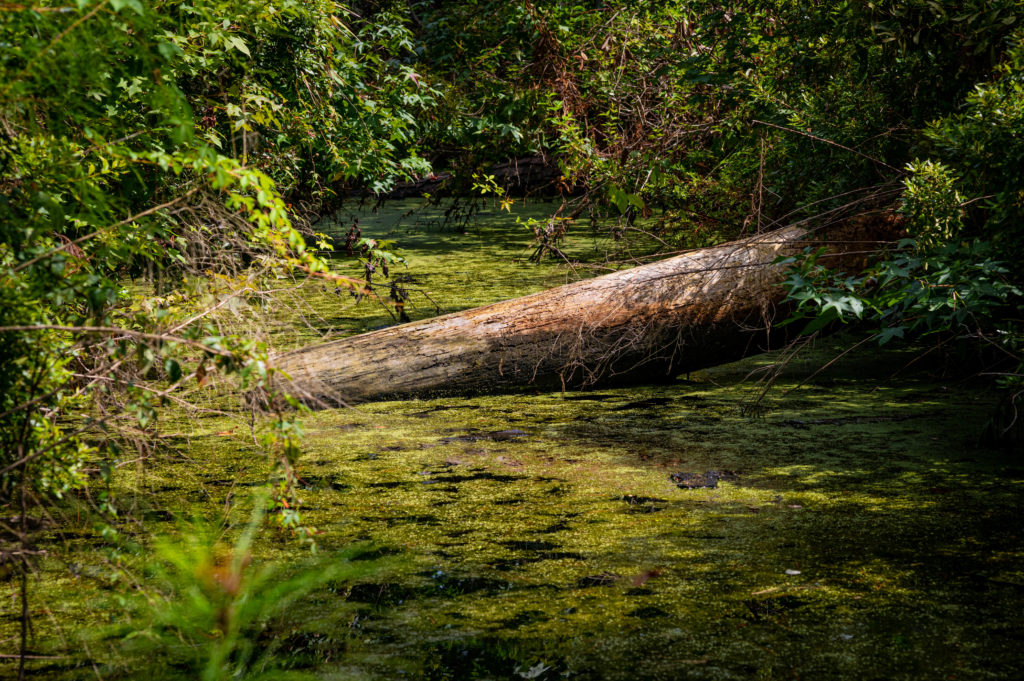

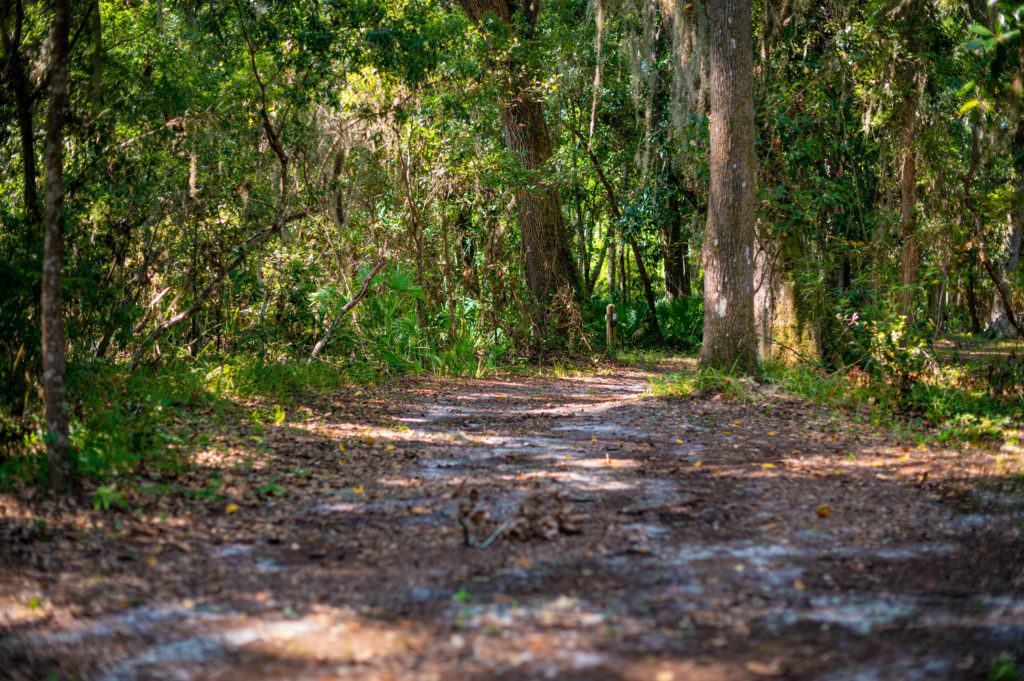

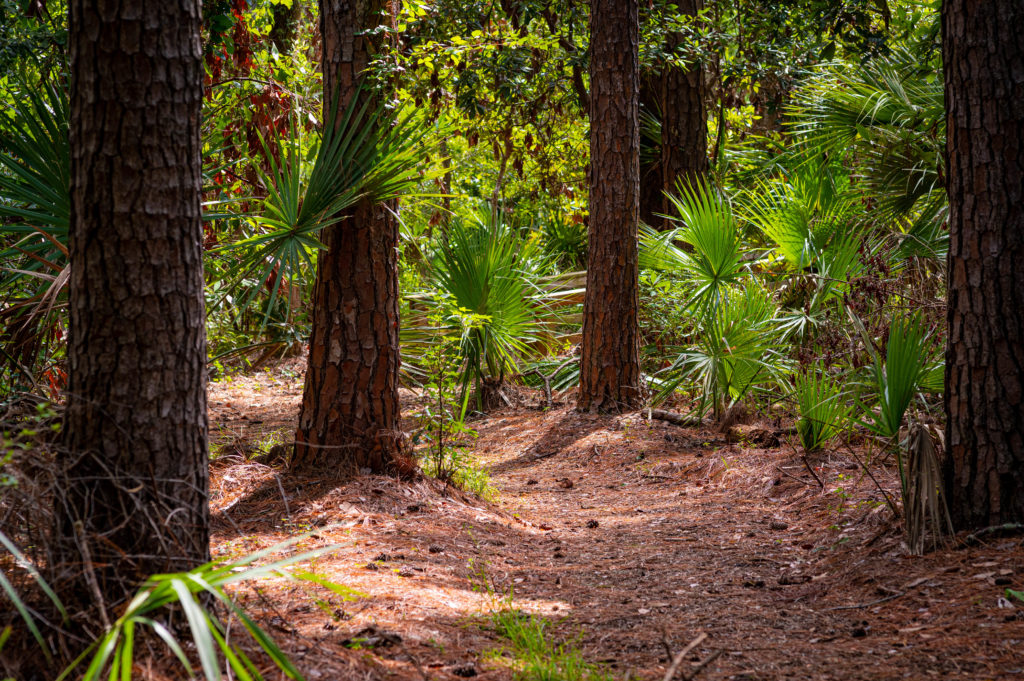
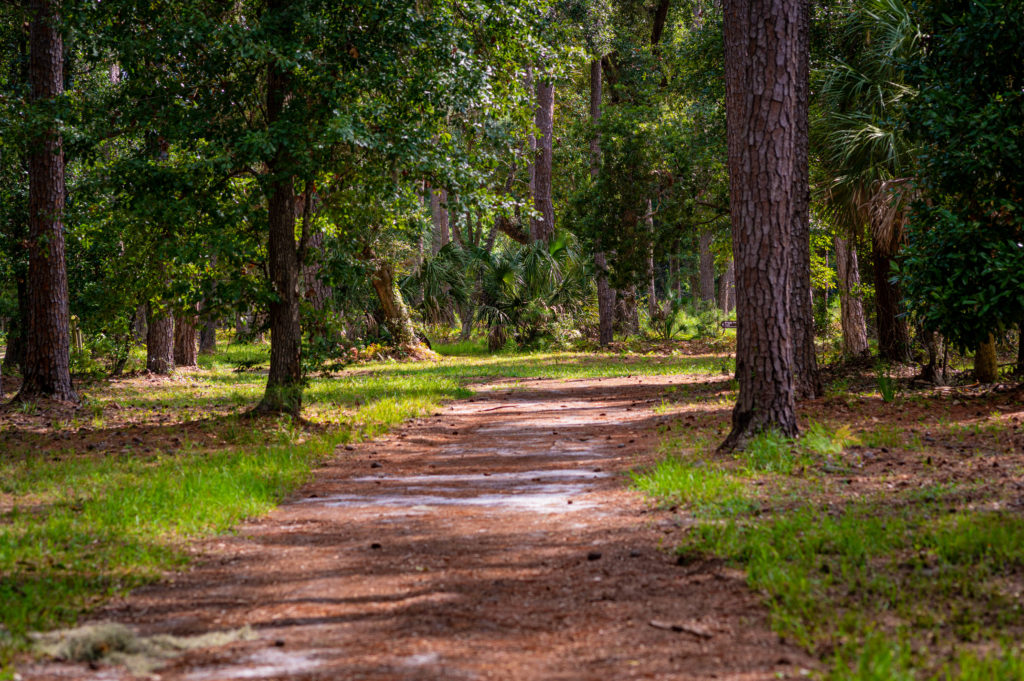

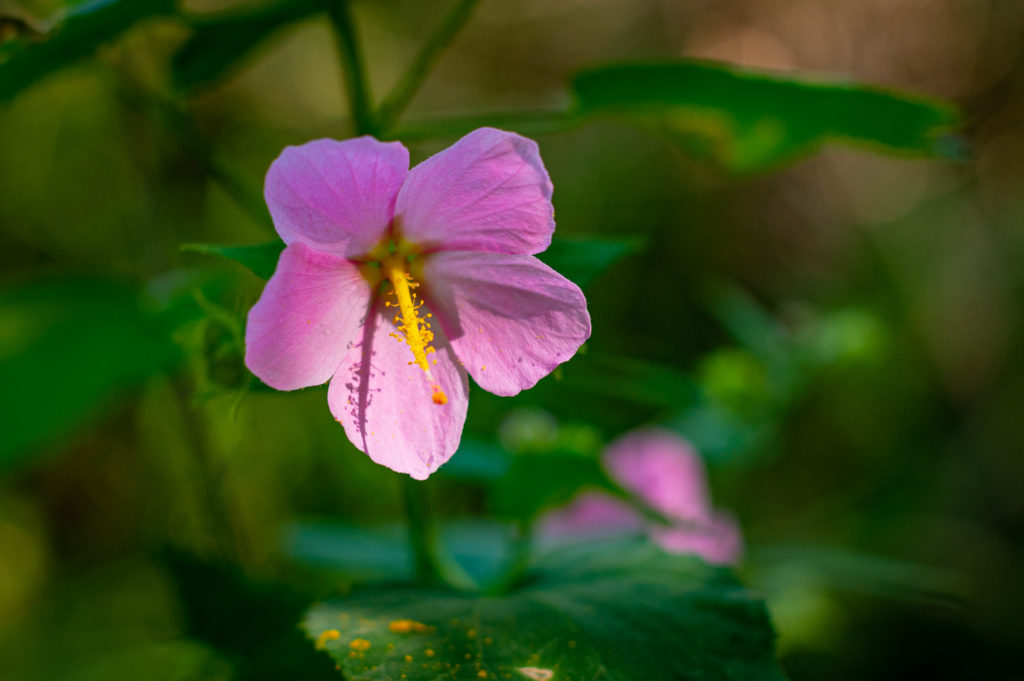
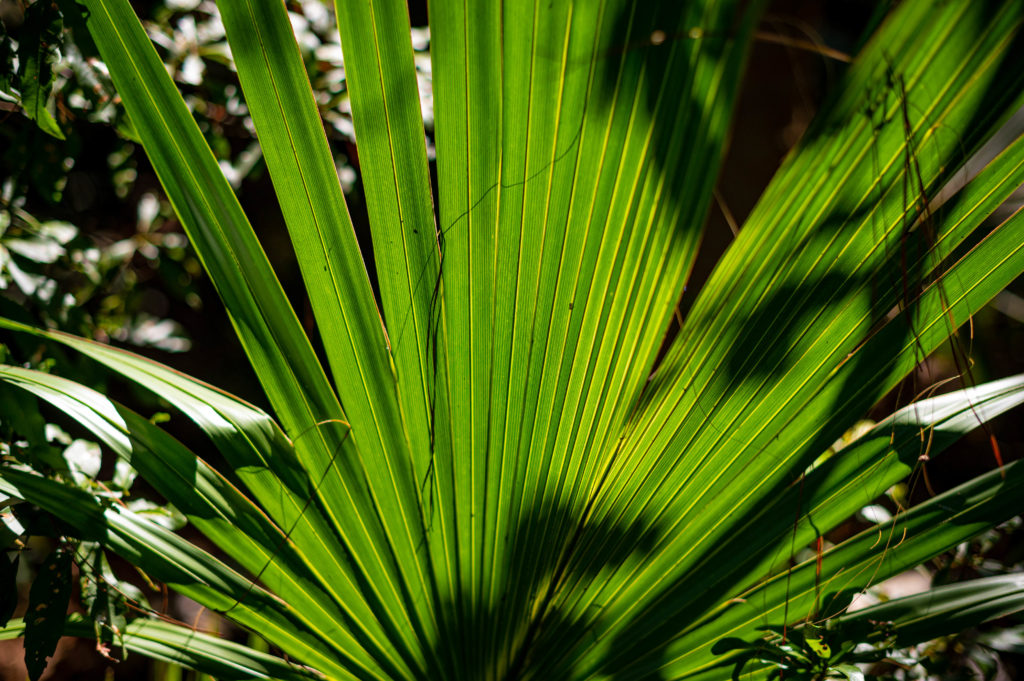
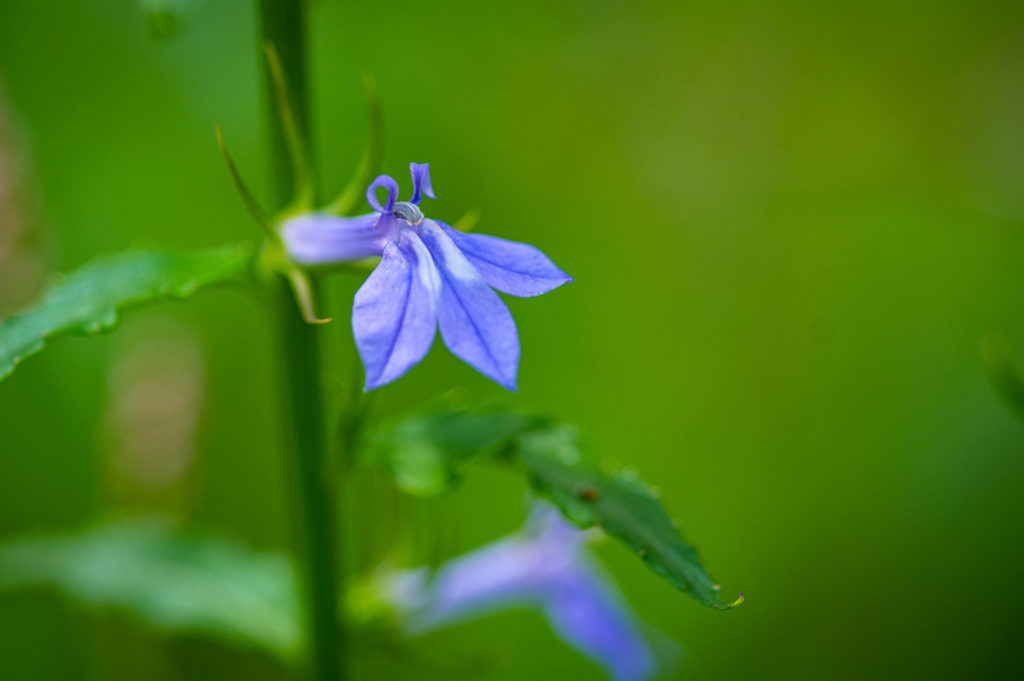
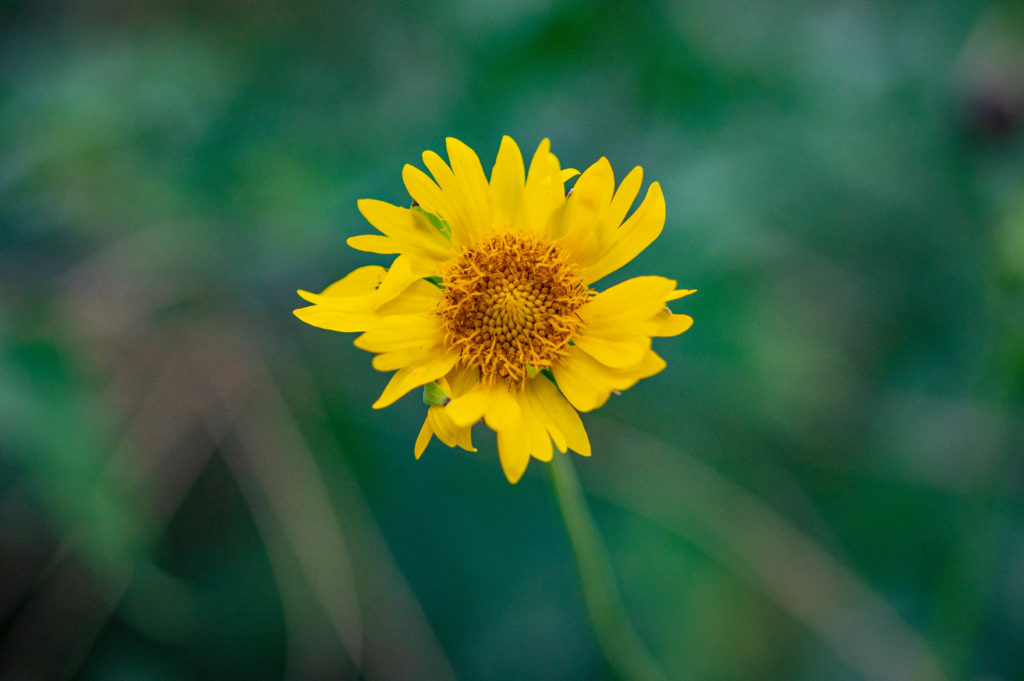
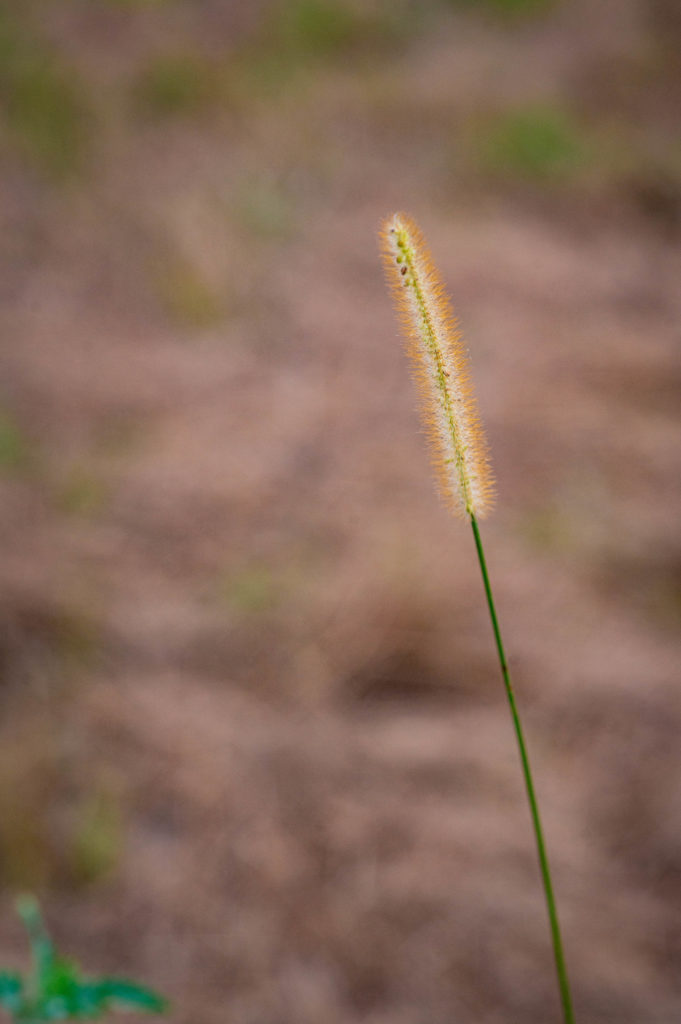
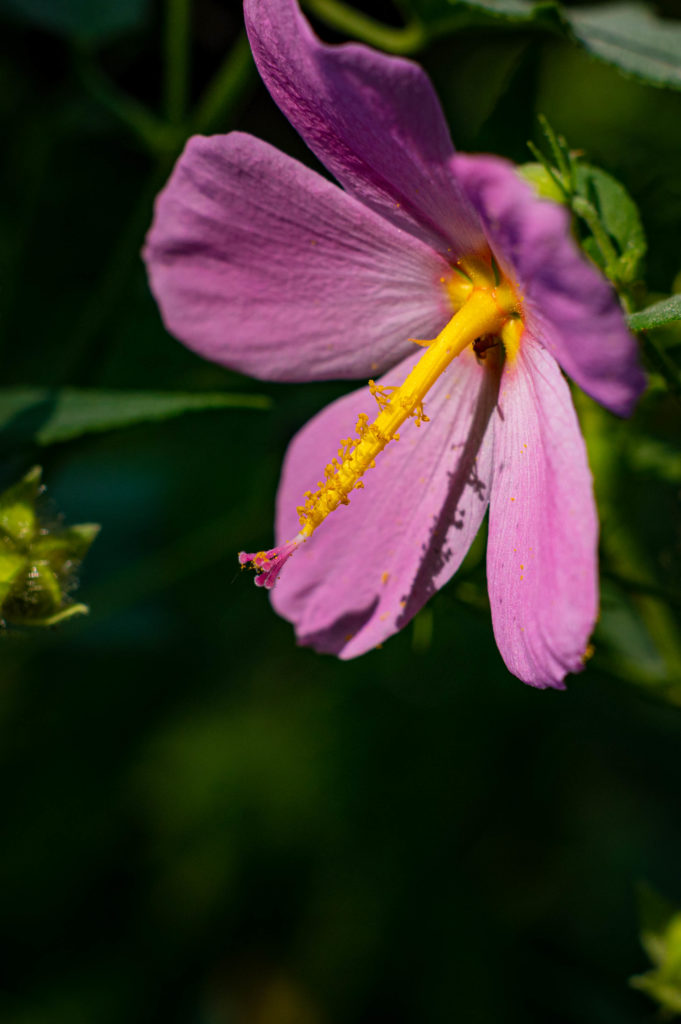
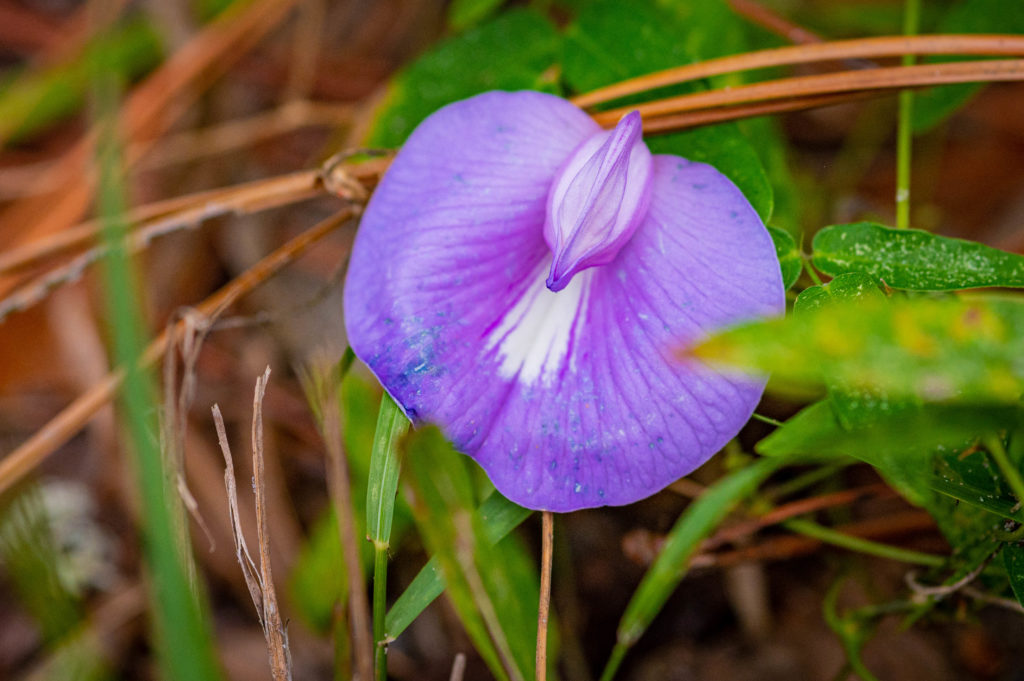
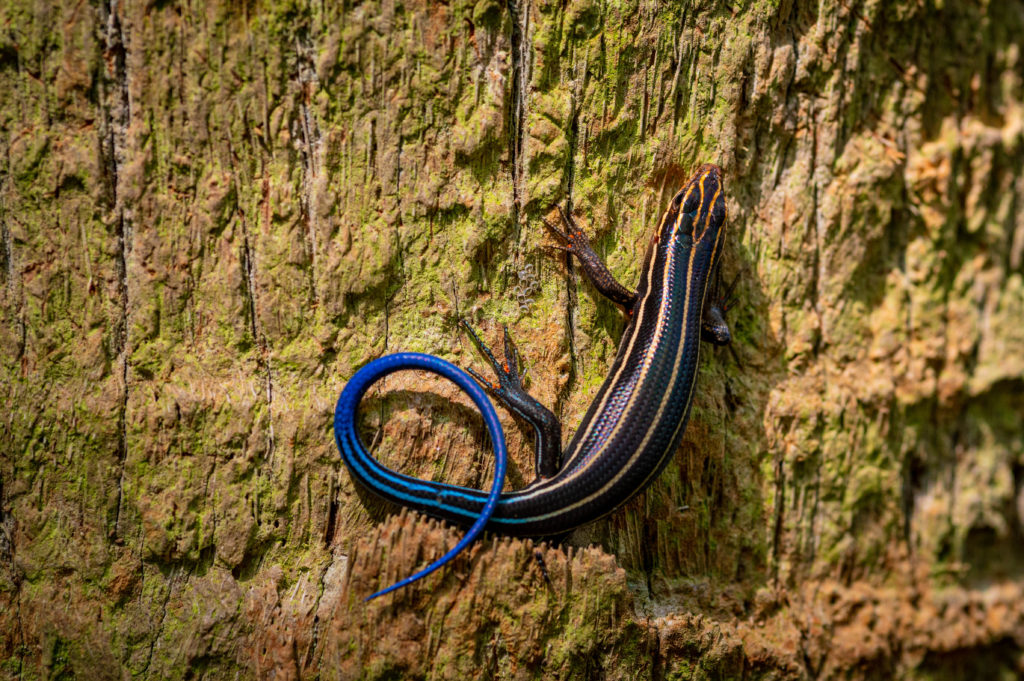
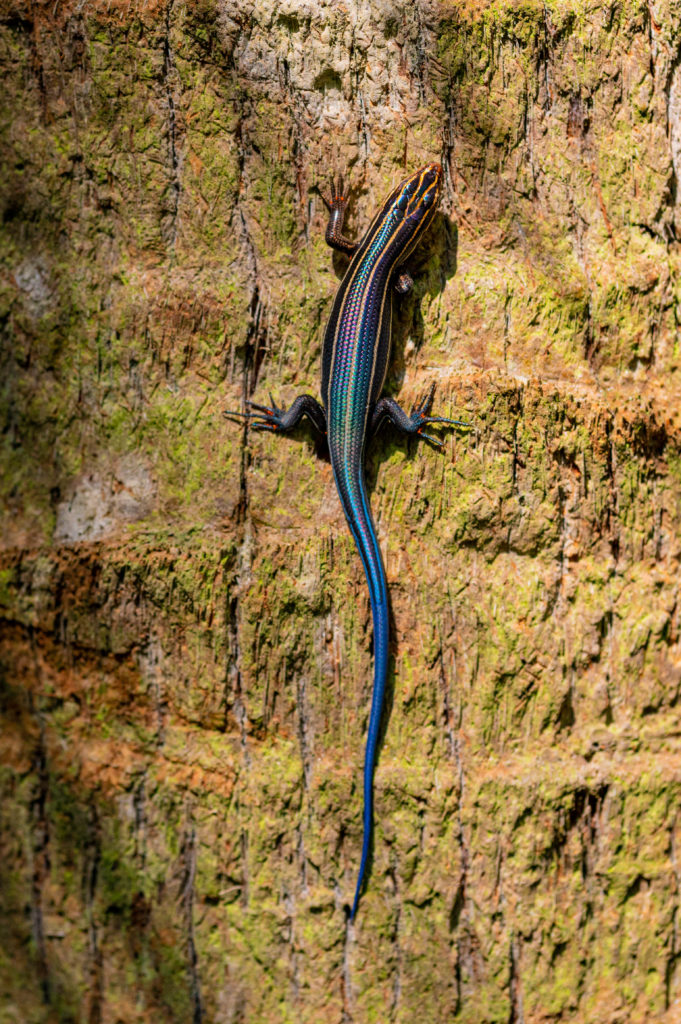
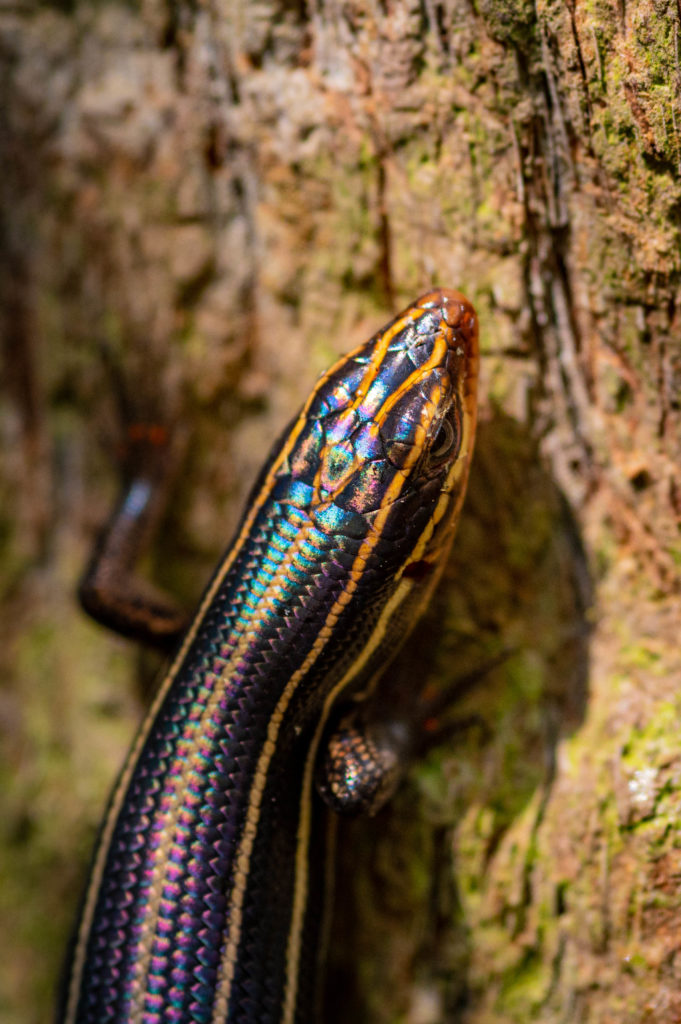
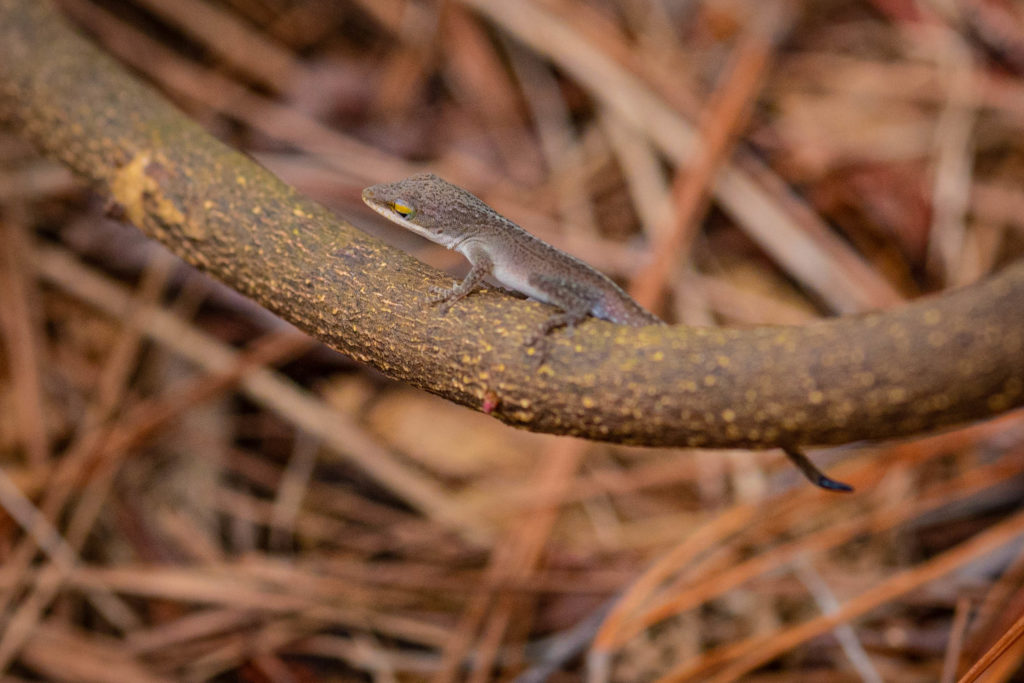
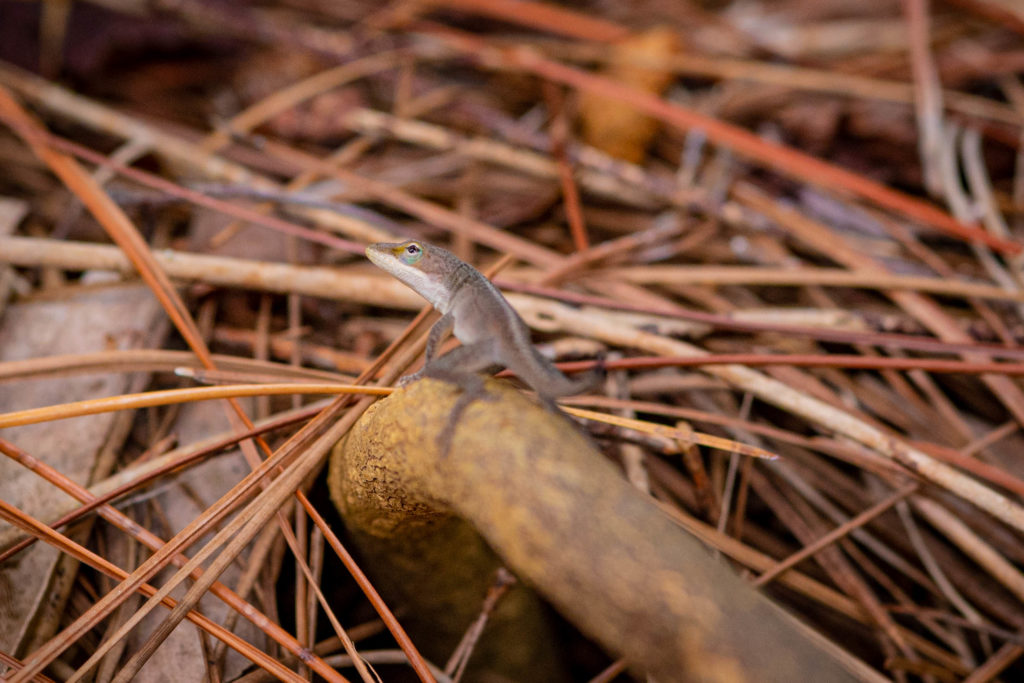
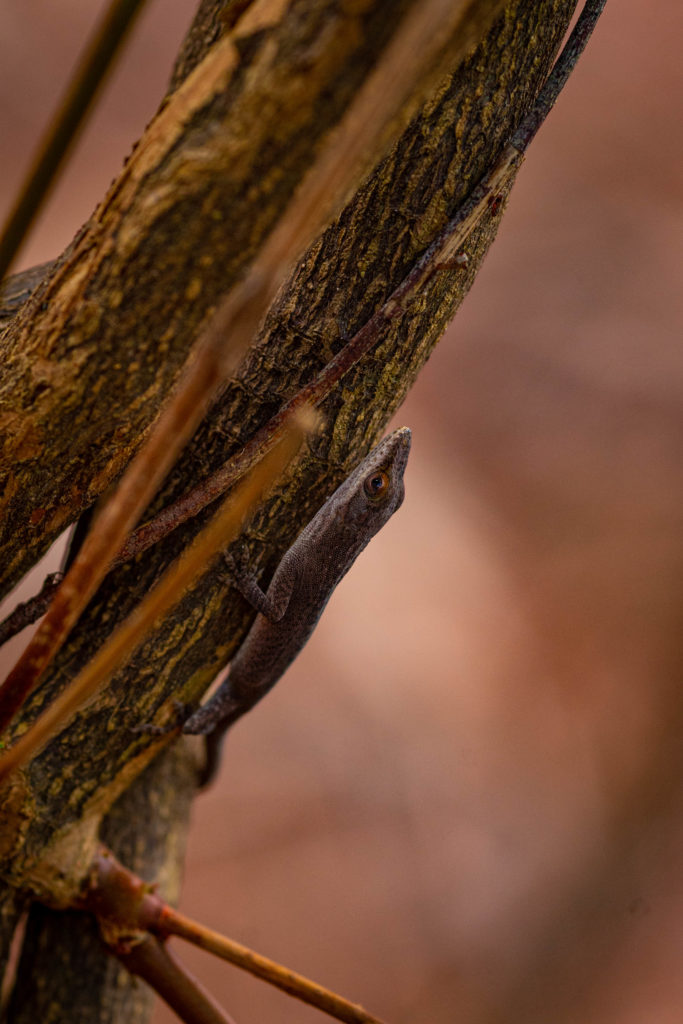
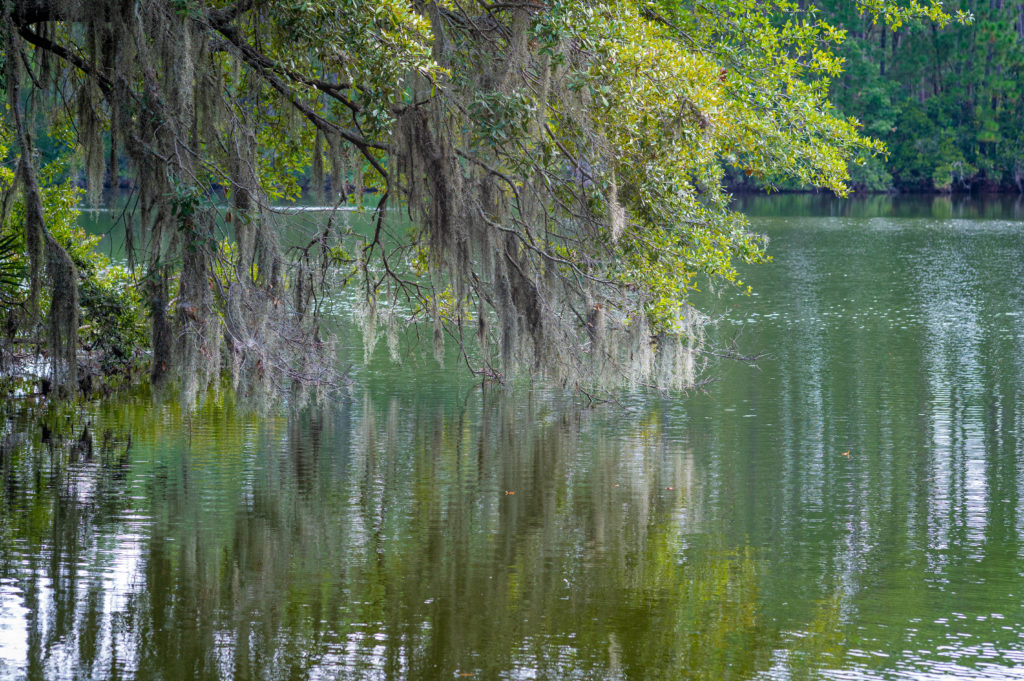

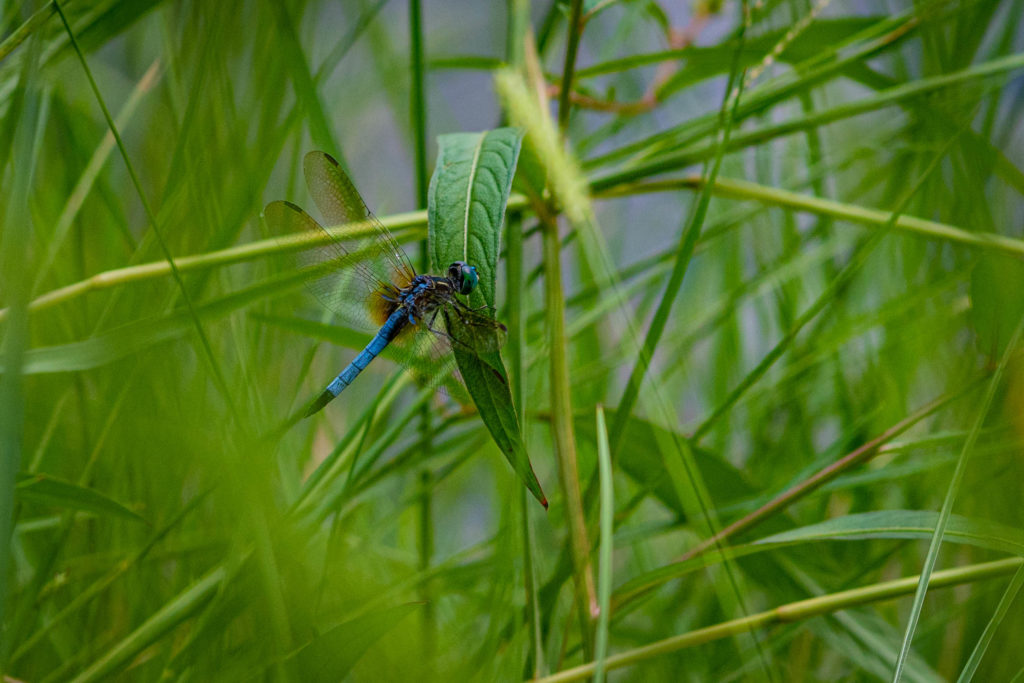
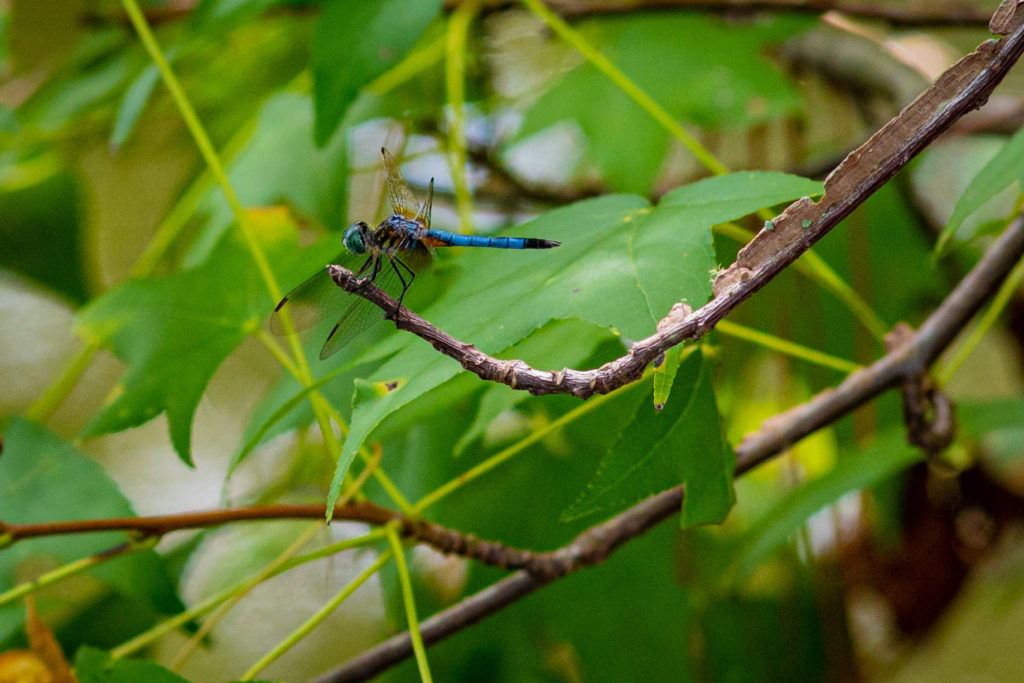
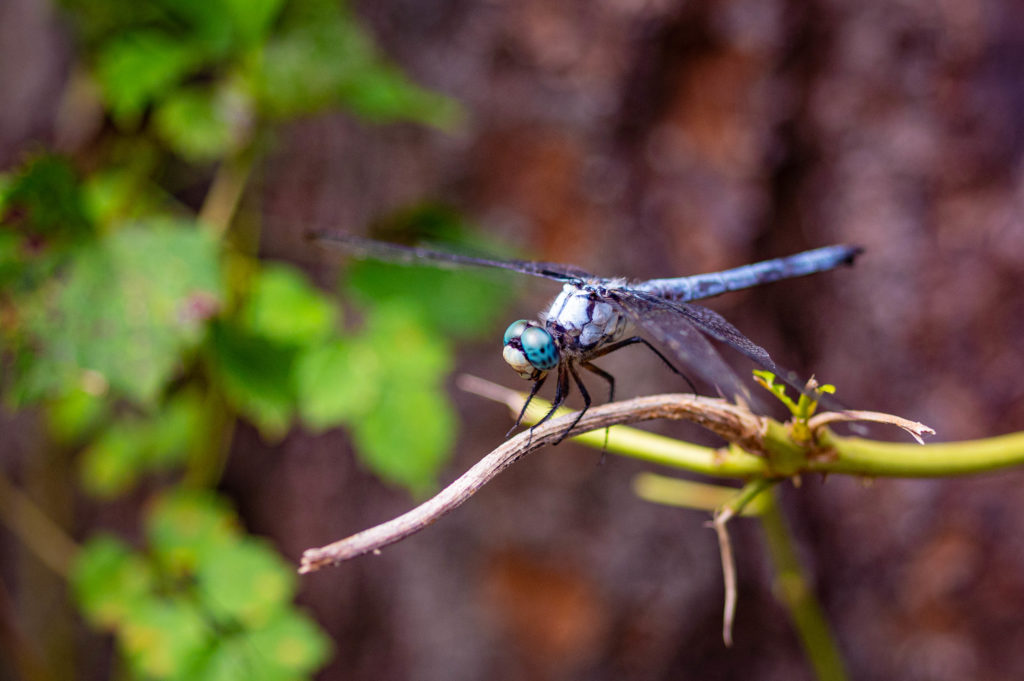
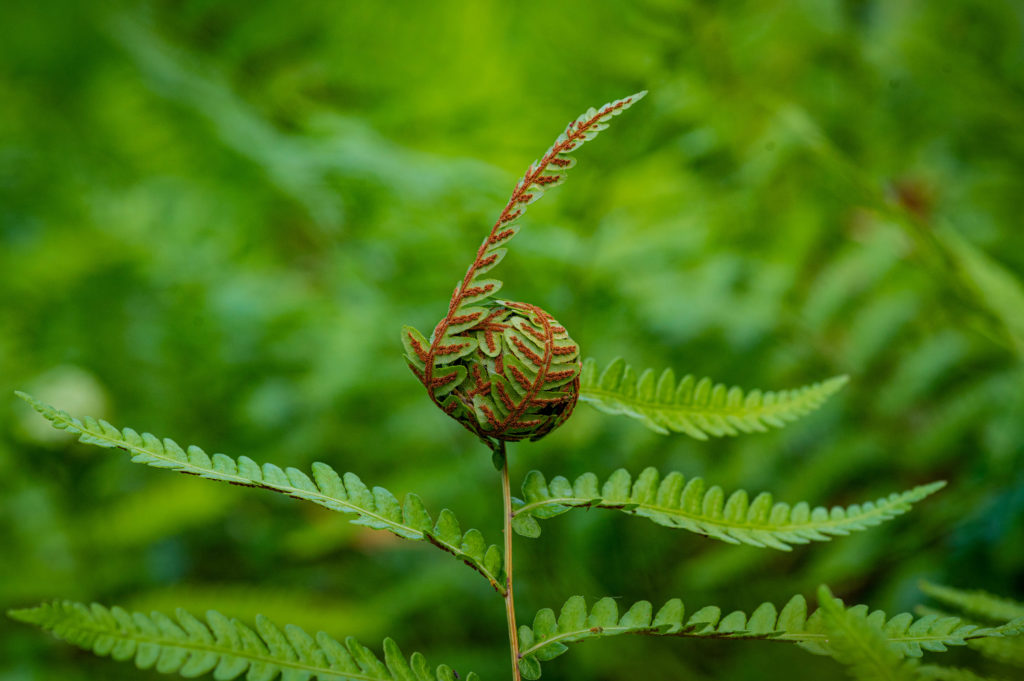
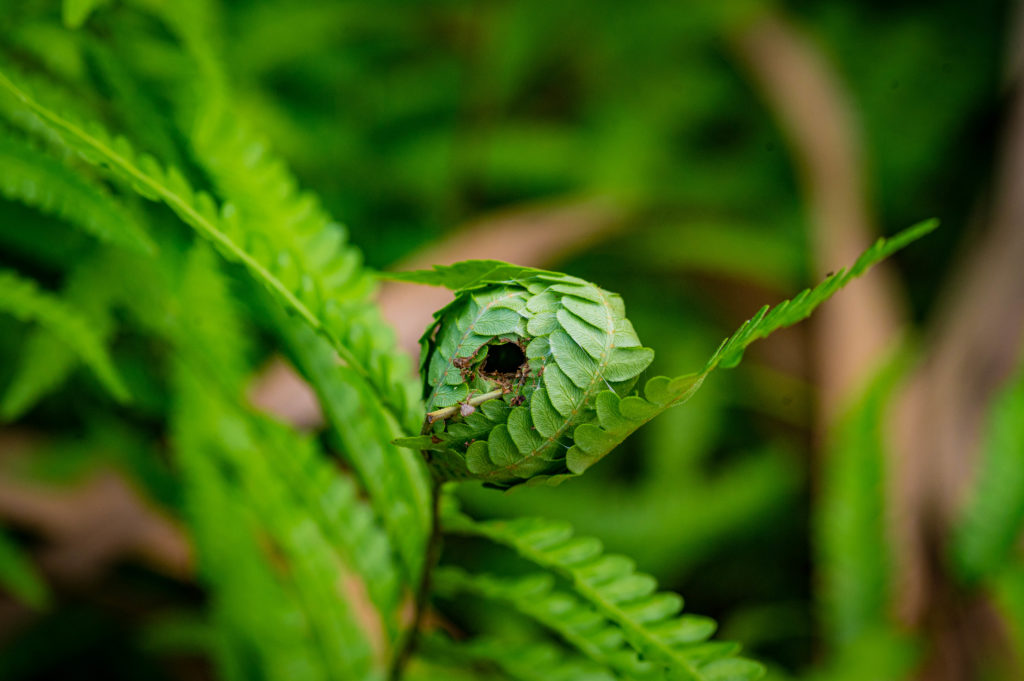
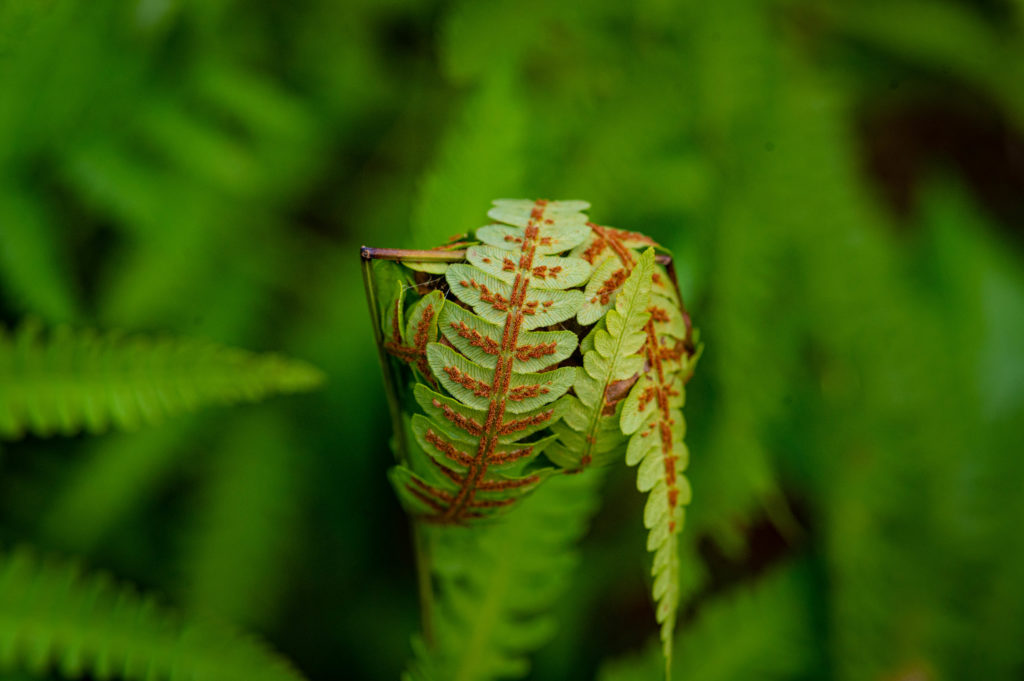
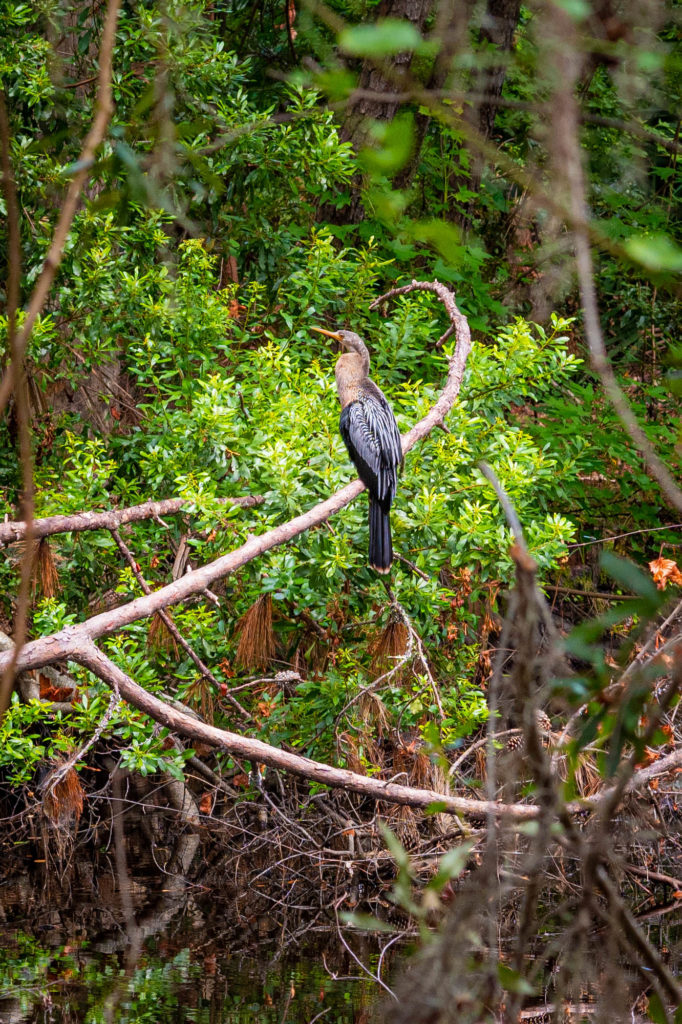

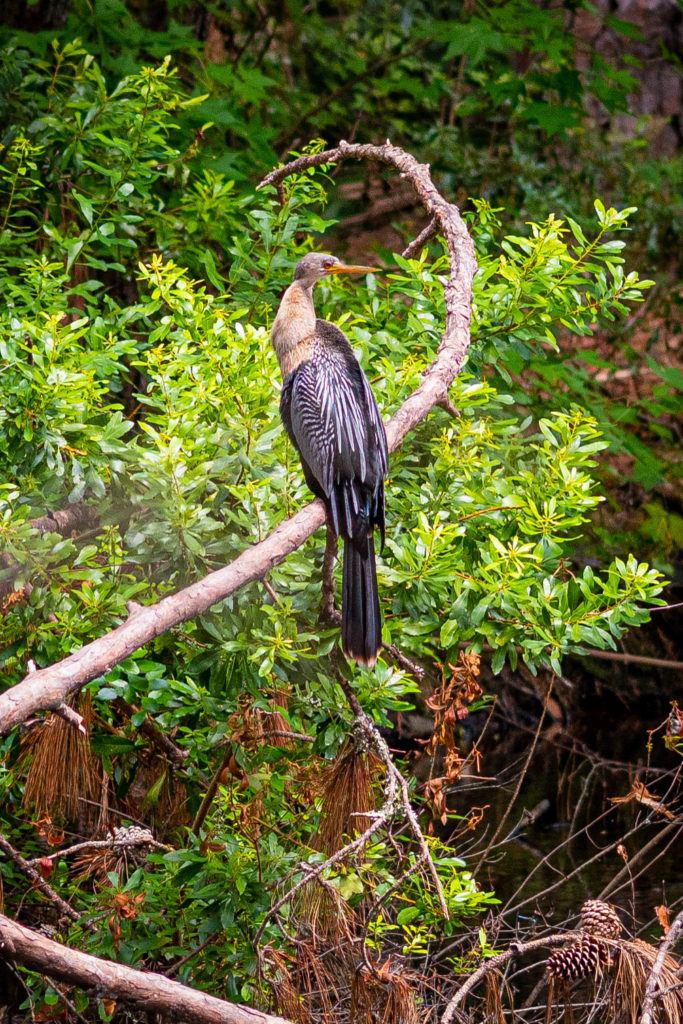
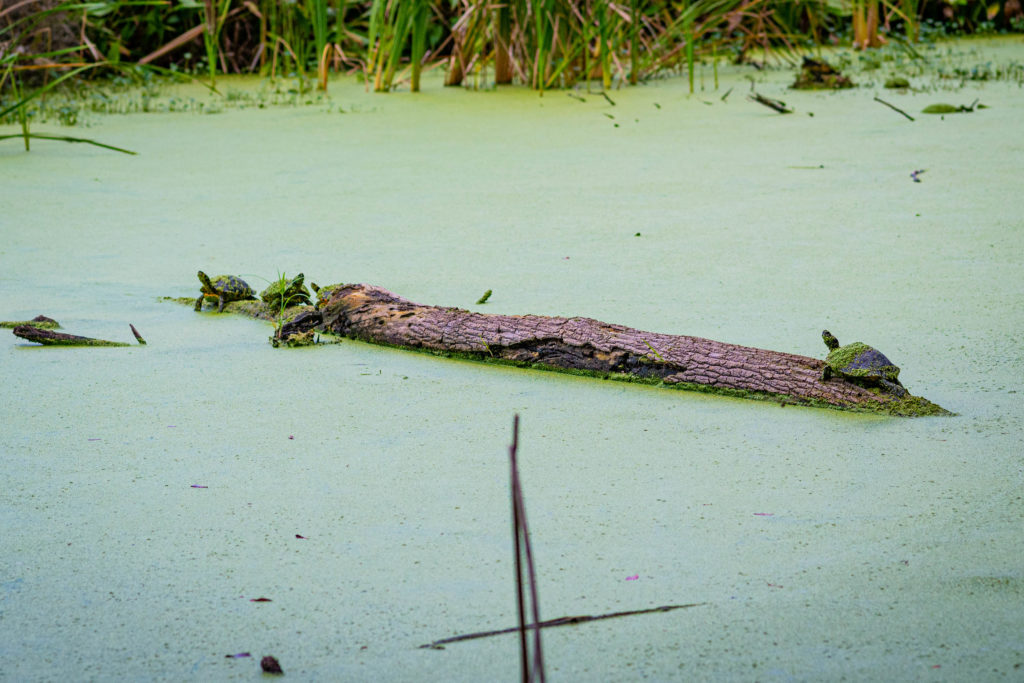
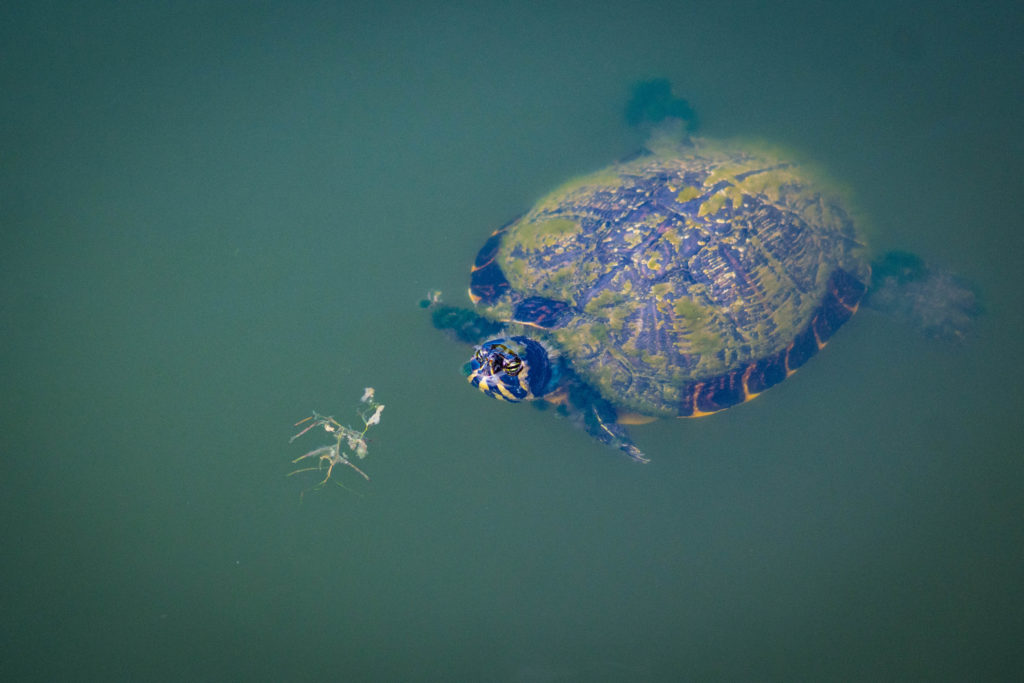
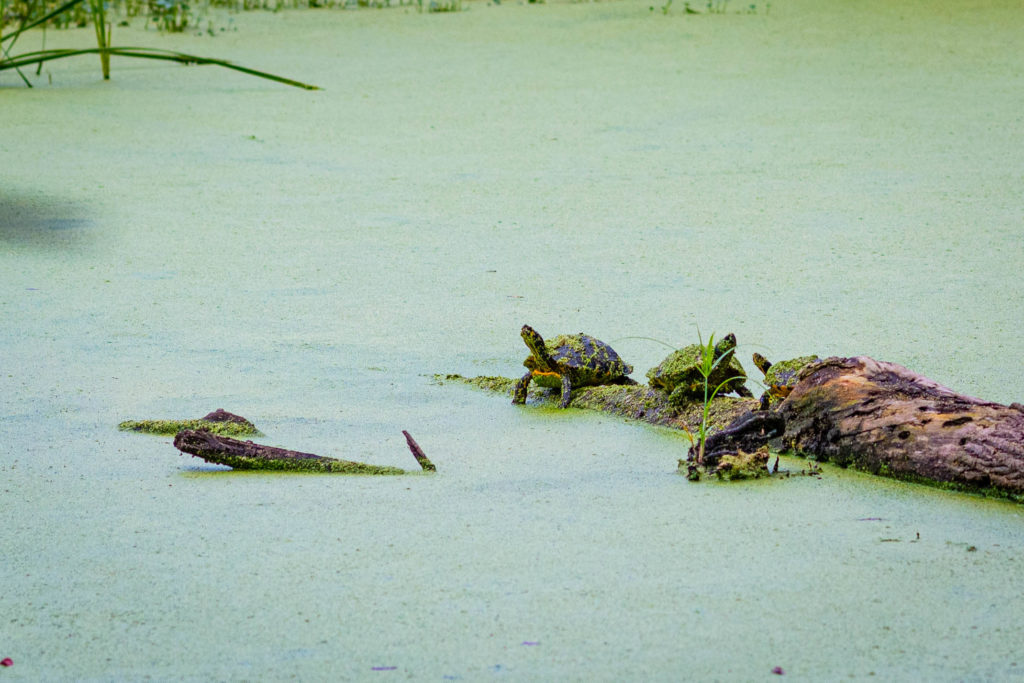



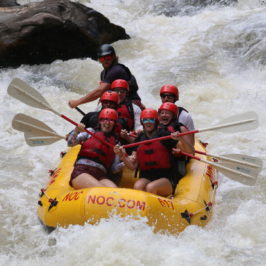
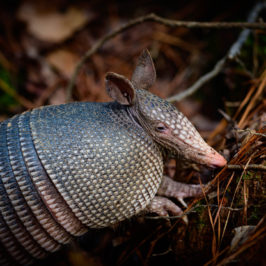
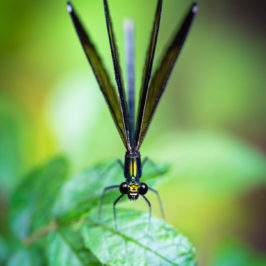
Leave a Reply